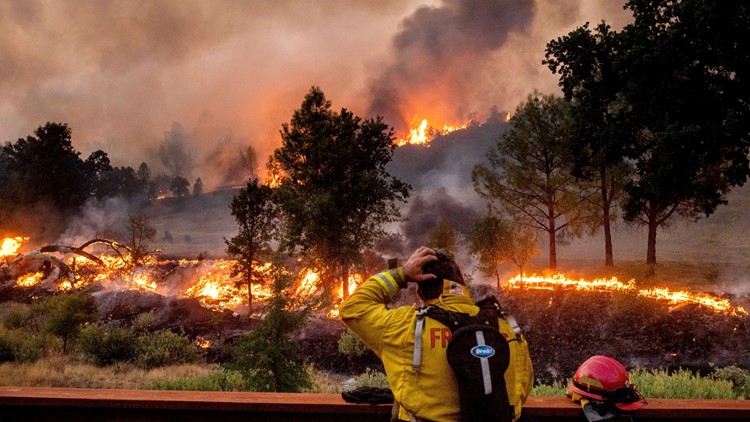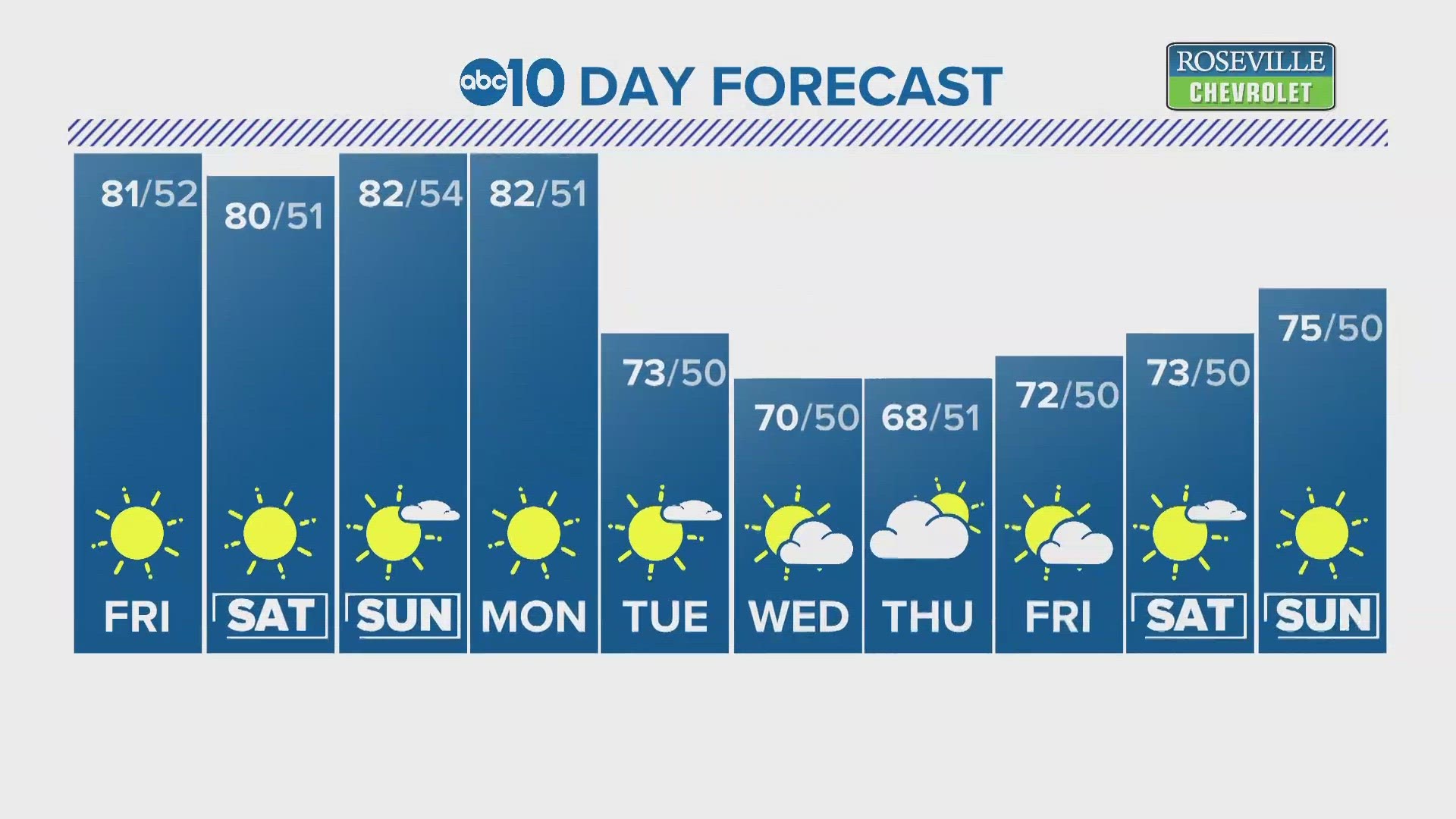SACRAMENTO, Calif. — The question over who or what is responsible for California wildfires is back on the national stage, but political and community leaders have been debating it for decades.
Malcolm North, a research scientist with the US Forest Service and an affiliate professor at the University of California Davis, believes it’s time for a radical new approach.
“Some of the frustration I think that the [scientific] community feels is that there’s [an]... amount of a partisan politics that’s [crept] into this issue, trying to say, ‘Oh, it’s all forest management,’ or, ‘It’s all climate-driven,’” North said. “And the truth is that any particular fire has some combination of both of those things affecting it.”
North said it’s time to think proactively.
“We really need to make an upfront commitment to proactive use of fire,” North said. “I mean, the thing that a lot of this revolves around is that fire is inevitable in these landscapes. You can’t keep on putting it out. You’re going to get it one way or another.”
North said the forest management of the past 150 years is what’s built up a fuel situation that’s driving most of our current problem wildfires.
“It would be much better if we had that fire on our terms,” North suggested. “You know if you’re doing prescribed burning when you actually set the conditions and the timing of it, you can burn when the smoke’s going to be lofted high away from people. You can burn when the climate conditions, the weather conditions, are much [milder] so you’ve got really good control over the fire. And then the fire is burning and doing ecological benefit to the forest.”
North said the state would need to commit substantial resources to the cause.
“To get to that point, we’re going to have to make a pretty significant commitment, both person, power, and, or personnel-wise to be able to really shift that balance. So rather than putting all of our resources and the huge amount of people and money we put into it in the triage end of the situation when all hell is breaking loose, try and get into the forest while it’s still green, before it’s burned up," North said. "And then put some fire into it, do some of the right kind of thinning, and it improves the health of the forest. And then we’d be a little bit more out in front of the issue rather than basically chasing it and getting kicked by it all the time, which is what we’re currently doing.”
He explained the approach isn’t as new or radical as some might think.
“Much of the Native American tribes in California used fire to produce better hunting conditions and basket material they were using so there’s quite a long history of working with and living with fire,” North said.
North suggested a prescribed fire center.
“Are we actually going to commit to being more of the agents of putting fire on the landscape rather than receiving it? And to do that I think we need to have a discussion about building a prescribed fire center that serves the Western United States -- hiring firefighters that just put fire onto the landscape rather than always trying to suppress or contain the fire," North said. "We need to have this fundamental, cultural shift in thinking about being the proactive agents of fire, rather than the reactive fire suppression approach that we have right now.”
Continue the conversation with Mike on Facebook.



